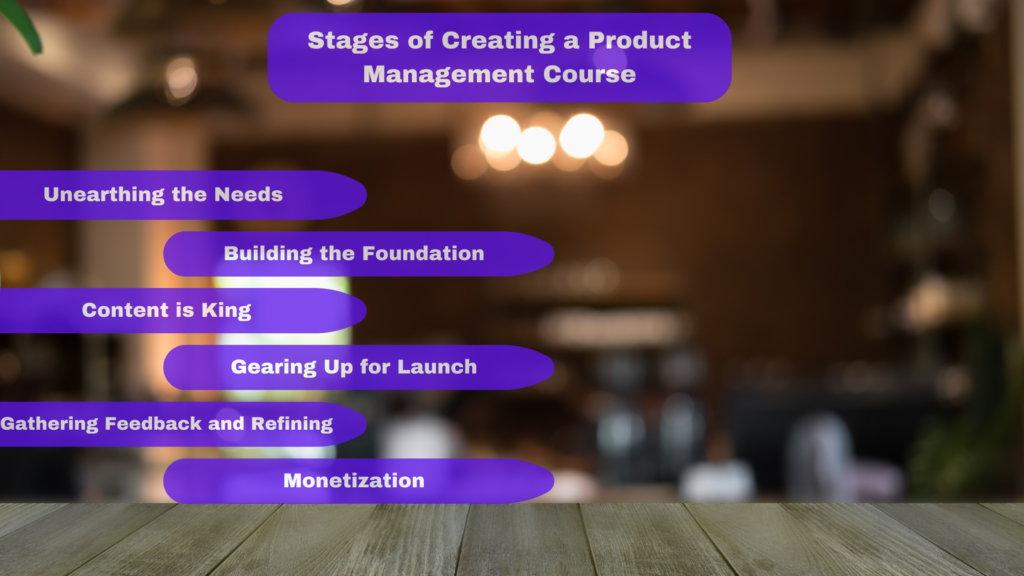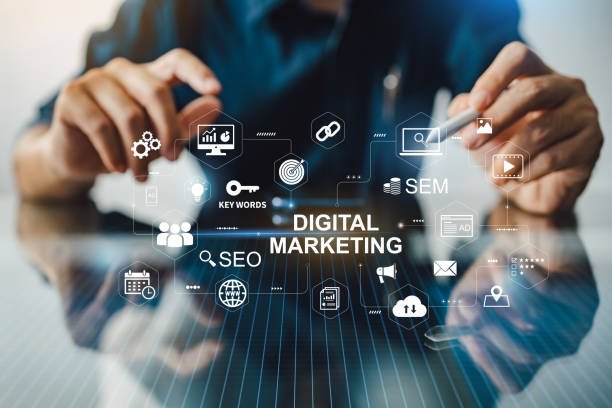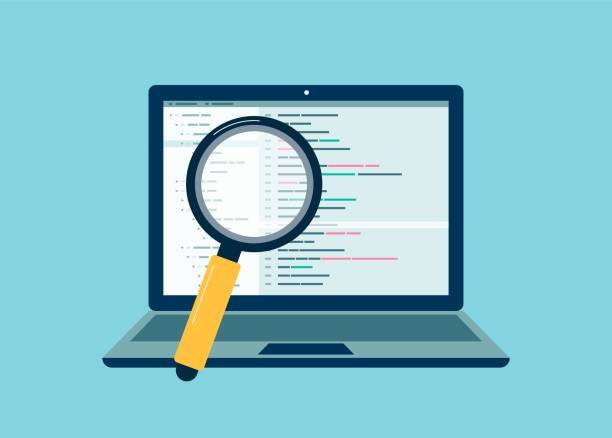As a business owner or as an employee who is working for a website, you might have encountered some really important questions — “How do you ‘optimise’ your website or that of your firm for search engines?”, “How can you boost your site’s organic search visibility so that your content is instantly found?”, “How can you figure out how much time to spend on SEO?”, “How do you tell “good” SEO advice from “bad” or detrimental SEO advice?”, and so on.
Search Engine Optimization or SEO has emerged as an important criterion in the vast realm of digital marketing, where competition for online visibility is very prominent. SEO serves as a guiding tool for websites and leads their way to greater search engine rankings, increased rate of organic traffic and a stronger presence online. As the landscape of digital marketing is broadening, the relevance of SEO becomes increasingly apparent, thus, making it a necessary component of every successful digital marketing campaign.
In the realm of digital marketing, you can leverage SEO to help drive more relevant traffic, sales and leads, and ultimately generate revenue and profit for your website or business. For that, you can look forward to becoming a digital marketing professional and opt for a course with Imarticus Learning. Learn more about — what is SEO in digital marketing and its importance, international and local SEO, and what are the benefits of SEO for digital marketing that can help you stand out in your area of work. Keep on reading this article.
What is an SEO Strategy and What is Its Value?
An SEO strategy is a digital marketing approach that involves content creation, optimisation and promotion to increase a website’s visibility in search engine results and drive more organic traffic to it. Numerous strategies are used for that, including link building, technical SEO, on-page optimization, and keyword research. Put otherwise, an SEO plan is the course of action you take to increase organic traffic.
Following are the pointers that should be considered to understand the value of SEO:
- Organic search results appear organically on search engine results pages (SERPs). SEO is vital for driving organic traffic to a website and providing a higher ranking due to relevant keywords.
- Enhanced user experience is mainly due to ease of response and navigation to top-notch quality content.
- Build-up of credibility and trust helps in establishing a website as a reliable source.
- Continuous advantages is proffered in terms of organic traffic and brand recognition due to long-term cost-effective strategy and long-term influence.
- Reaching out to the appropriate target audience increases the number of consumers that get added to the list.
- Outranking the competitors becomes visible as the business starts appearing on the first page of search results.

Role and SEO Importance in Digital Marketing
Today’s websites can succeed or fail based on how well-known they are on search engines like Google, Bing, and Yahoo, which act as gatekeepers to vast volumes of online content. Herein lies the role of SEO. It covers a broad spectrum of strategies and procedures used to enhance the content, structure, and online authority of a website in order to improve search engine rankings.
Search Engine Optimization (SEO) is a vital component of digital marketing, acting as a foundational pillar that heavily influences the efficacy of any online marketing strategy. SEO is a broad and essential component of the digital marketing milieu that encompasses a wide range of characteristics that influence a website’s exposure, reputation, interaction and overall success, online.
Here we are discussing some of the most important roles that SEO performs in the arena of digital marketing:
- Enhanced visibility and search rankings: The SEO strategy emphasises on increasing website visibility in search engines. SEO aims to improve search engine rankings for relevant keywords and phrases by optimising various on-page and off-page elements such as keywords, meta tags, headers and backlinks. Establishing a strong internet presence requires acquiring backlinks from relevant and reputable domains. Backlinks ensure that the website is a credible resource.
- Increased organic traffic to a site: The main aim of SEO is to focus on improving search engine rankings and is directly related to attracting organic (unpaid) traffic to a site. When a website ranks higher for relevant queries in searches, it receives a greater number of hits and visits from those seeking answers or information.
- Technical optimization: This is the process of improving a website’s performance and accessibility for both search engines and users. This encompasses online speed, mobile friendliness, secure browsing (HTTPS) as well as structured data markup.
- User-friendly approach: Effective SEO strategy comprises improving the user experience of a website. Search engines prefer websites that offer users useful and relevant content. As a result, SEO encourages the production of high-quality, educational and engaging content that is pertinent to the target audience’s requirements.
- Content strategy: Owing to the fact that the core of SEO is content, a coherent content strategy, which involves keyword research, ideation of the subject and frequent content creation, helps the website establish itself as a trusted resource in its respective sector.
- Global and local reach: SEO strategies may be tailored to reach audiences locally, regionally or internationally. Local SEO tactics assist businesses with a physical presence in increasing their exposure within a specific geographical area. By opting for international best SEO practices, businesses can reach customers in a variety of international markets.
- Data-driven perspectives: SEO relies on data to assess the effectiveness of efforts. By using tools such as Google Analytics and Search Console, SEO experts may learn valuable information about user behaviour, site performance, keyword ranks, and more.
- Association with other marketing mediums: SEO integrates with other digital marketing channels such as content marketing, social media and paid advertising.
Conclusion
Now we understand that SEO is critical and comprehensive in the digital marketing environment. To help you understand the role, importance and benefits of SEO for digital marketing, Imarticus Learning offers a 6-month postgraduate program in Digital Marketing that trains, provides certification and comes with job assurance. It offers a total of around ten guaranteed interviews at 500+ top-tier partner organisations that hire SEO, social media, content marketing and digital marketing professionals. The course offers practical experience with the help of case-based learning and project learning. Additionally, the program stands out in the digital market as it grooms the aspirants with hands-on training on various advanced marketing tools. Furthermore, the services are structured to ensure success in the field of digital marketing.













